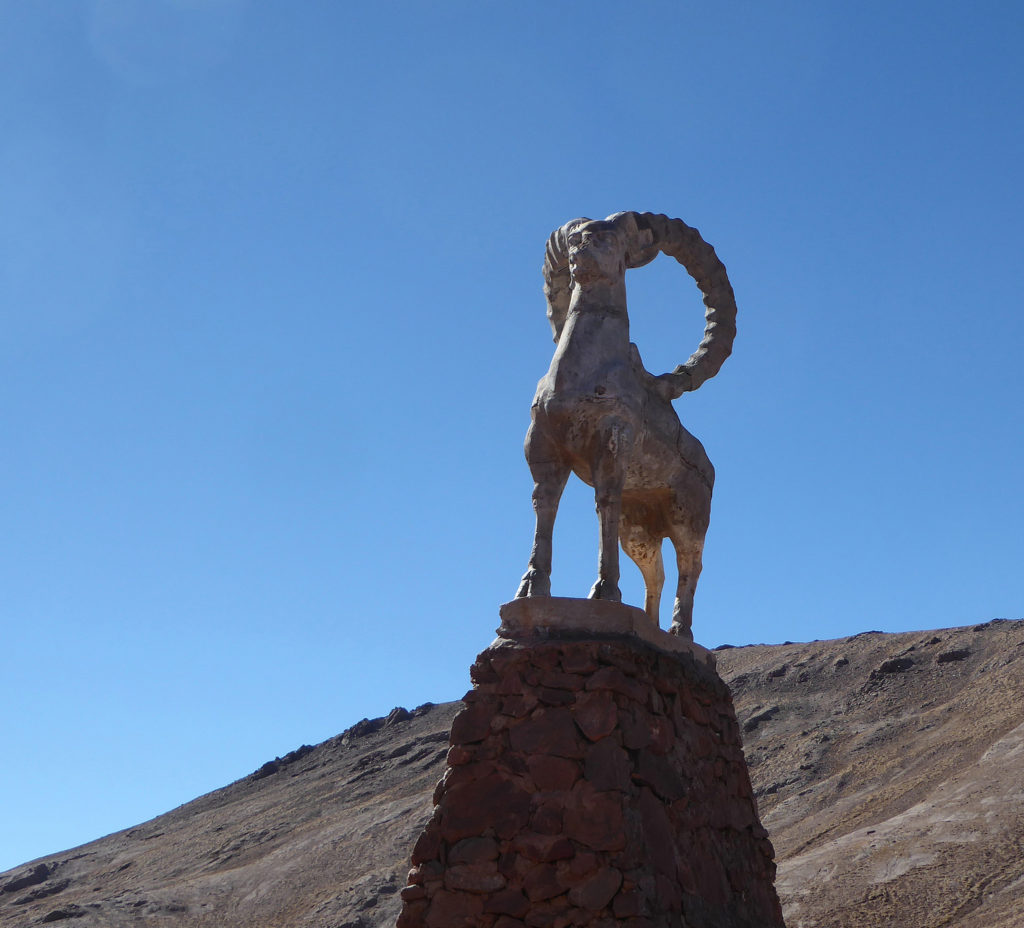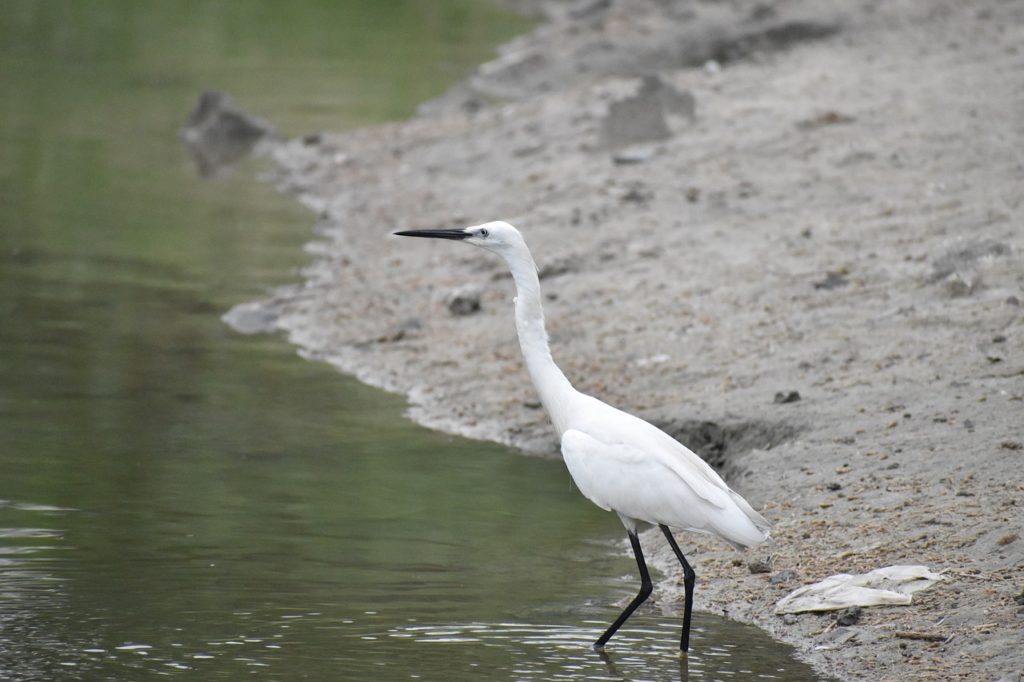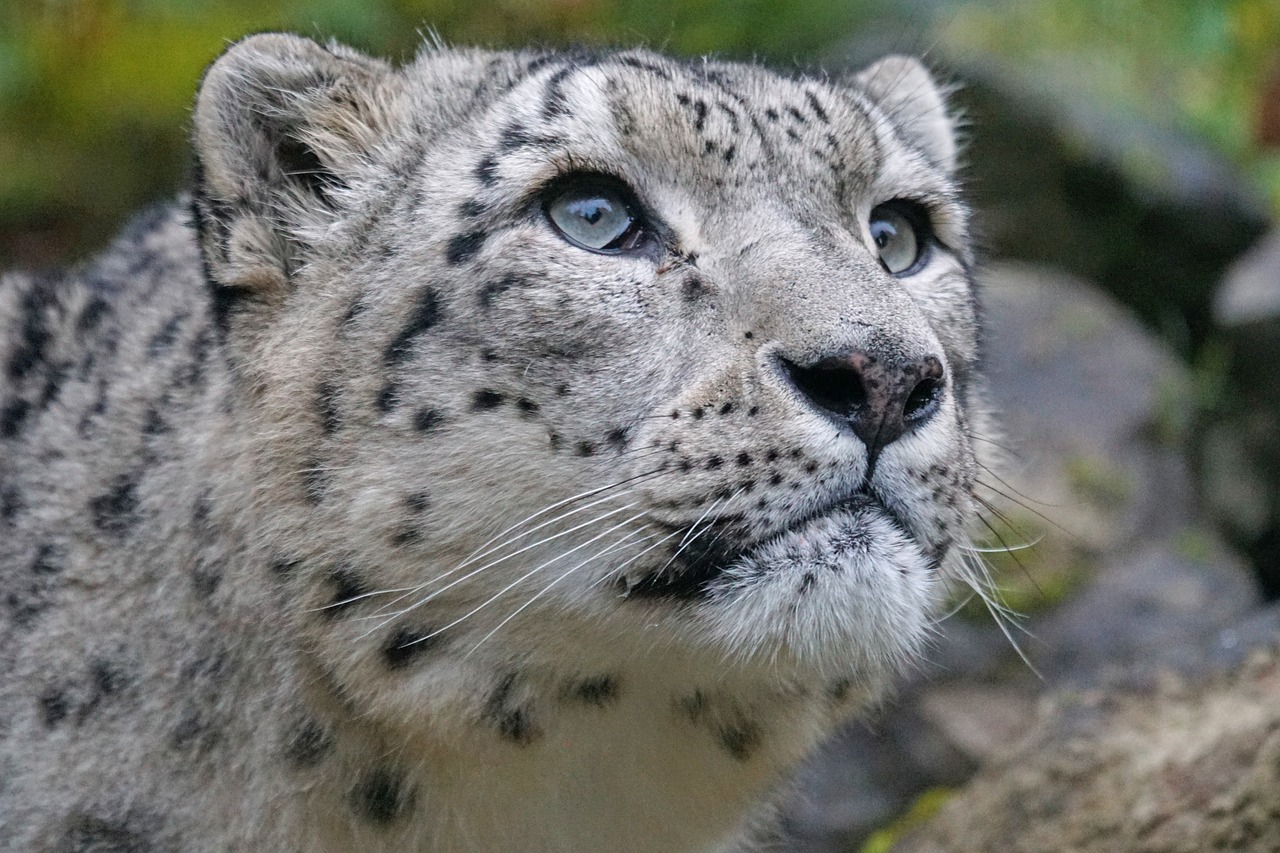 From the secretive snow leopard to the majestic Marco Polo sheep, many unique species of wildlife call Afghanistan home. Unfortunately, factors like habitat encroachment, over-hunting or illegal poaching, and ecosystem degradation—all aggravated by Afghanistan’s years of conflict—are driving many of these species to the brink.
From the secretive snow leopard to the majestic Marco Polo sheep, many unique species of wildlife call Afghanistan home. Unfortunately, factors like habitat encroachment, over-hunting or illegal poaching, and ecosystem degradation—all aggravated by Afghanistan’s years of conflict—are driving many of these species to the brink.
That’s where the Wildlife Conservation Society (WCS) comes in. Since 2004, this US-based organization has been leading environmental protection and preservation efforts across Afghanistan, and has successfully implemented conservation initiatives designed to address a broad range of environmental issues.
A number of these initiatives specifically target key Afghan wildlife species that are at risk of becoming endangered or extinct, and that are greatly in need of protective measures. Read on to learn more about some of these unique species and how WCS is helping to protect them.
The snow leopard
Only 12 countries in the world are home to the rare and exquisite snow leopard. In Afghanistan, the snow leopard can be found in the remote Wakhan region, as well as in the area along Afghanistan’s eastern borders in Nuristan and Badakhshan. WCS’ work to help protect the snow leopard includes:
Conducting foundational research—
The better informed scientists and researchers are about snow leopards in Afghanistan, the better positioned they can be to implement effective protective measures and lobby for conservation policies and legislation that will make a difference. Since 2009, WCS and its teams of trained community rangers have used camera traps and other techniques to gather evidence and document the presence of snow leopards. The camera traps have together produced more than 5,000 images of the animals. Another especially important achievement in this area was the completion of the first-ever satellite telemetry study on Afghan snow leopards. Research to date has established that there are about 200 individual snow leopards in Afghanistan: a higher number than previously estimated.

Promoting species protection—
The creation of Wakhan National Park, facilitated by WCS in 2014 and based on WCS research, has helped to protect approximately 70% of Afghanistan’s total snow leopard habitat. WCS also helped ensure that the snow leopard was listed as a legally protected species by Afghanistan’s National Environmental Protection Agency in 2009, and later helped draft the 2013 National Snow Leopard Ecosystem Protection Plan.
Helping farmers—
When humans and wildlife live in close proximity to one another, the inevitable clashes between the two can be harmful to both. For example, snow leopards that are unable to find other prey may occasionally kill livestock. For a small-scale farmer with few other resources, this loss can be devastating and can lead to the desire to retaliate against snow leopards. To help prevent livestock losses in the first place and thus limit ensuing loss of animal life, WCS has built 35 predator-safe communal corrals throughout the Wakhan area that farmers can use to help keep their livestock safe from snow leopard attacks.
The Marco Polo sheep
With their massive, curling horns, Marco Polo sheep are easily recognizable as the flagship species of northeastern Afghanistan’s Pamir mountain range. WCS is protecting these distinctive ungulates by:
Establishing protected areas—
Just as the creation of Wakhan National Park protected a significant proportion of snow leopard habitat, it also protected the heartland of Afghanistan’s population of Marco Polo sheep. In fact, the new park encloses the entire distribution range of Marco Polo sheep, allowing for better ongoing tracking and management of the population.

Image by Hans Birger Nilsen | Flickr
Reducing disease threat—
The transmission of disease between livestock and wildlife is a problem in areas where these two types of animals have the opportunity to come into contact with each other. Given that Marco Polo sheep can live in close proximity to farms where cattle, goats, or other livestock graze freely, there is a high likelihood they might be affected by livestock diseases, or pass their own diseases on to domesticated animals. WCS is helping to reduce this risk by implementing transboundary surveys of livestock diseases in the Pamir area and working to facilitate an integrated approach to the study of diseases that impact livestock and wildlife alike.
Birdlife
Its central location at the crossroads of several distinct biogeographic spheres makes Afghanistan an incredible habitat for birds. Over 450 different bird species call the country home, and 17 of these are globally threatened, like the critically endangered Siberian crane. WCS efforts and achievements in protecting Afghanistan’s birdlife include:
Identifying critical breeding areas—
In recent years, WCS has identified and confirmed the location of breeding grounds for a number of rare bird species found in Afghanistan. Chief among these is Afghanistan’s Ghazni province, which is the world’s highest-elevation breeding ground for greater flamingoes.

Discovering a new bird species for Afghanistan—
The identification of a new species is always an exciting event, helping to build greater awareness of local wildlife and the need to protect it. In 2008, WCS discovered a likely breeding population of large-billed reed warblers in Badakhshan in northeastern Afghanistan. The species has since been dubbed “the world’s least-known bird.”

